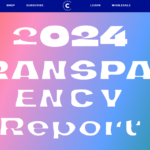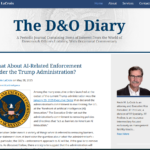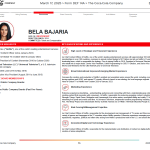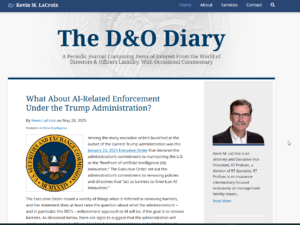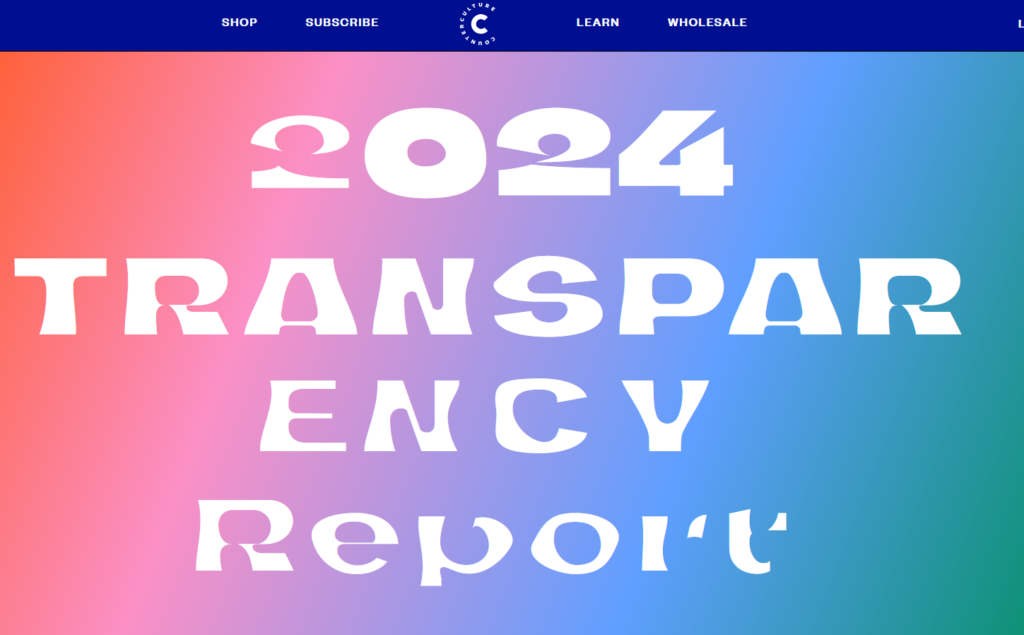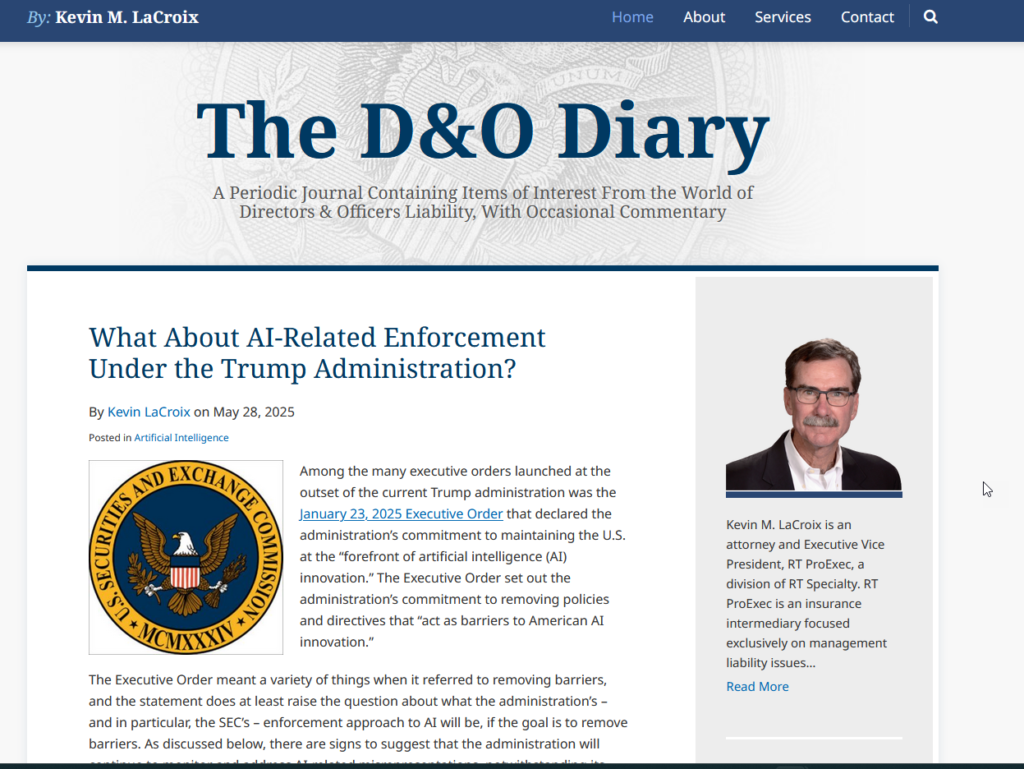I found this blog entitled “Can Improved Communication About Executive Compensation Pay Off?” by Pearl Meyer’s Sharon Podstupka to be interesting. It analyzes a study about whether boards and their management teams believe they adequately educate participants about executive compensation opportunities. Specifically, the survey asked if boards and their management teams believe that executives understand how their compensation is structured and delivered. It also asked if boards and management teams believe executives appreciate the value of their compensation and how it compares to the compensation of their internal colleagues and external peers.
As Sharon’s blog notes, “the resulting data indicate that there is some misalignment between directors and management about the effectiveness of communicating executive pay plans. For example, directors view the perceived value of total target direct compensation (TTDC) favorably compared to management: 52 percent and 29 percent rated the value as “high,” respectively. Directors (32.3%) are also more likely than management (16.7%) to believe that executives’ understanding of their TTDC opportunities is ‘excellent.'”
Even if there is misalignment between director and management, those last two numbers are telling. Only 32% of directors believe that their executives understand their TTDC opportunities as excellent? And that’s double what management believes? That seems to reflect a lack of education about the opportunities. Which means that the communication indeed isn’t likely to be good. And probably not transparent enough.
So transparency isn’t just about public company disclosure to the public. It’s also about how companies communicate internally (eg. Code of Conduct, for which we do have a set of transparency criteria). Our “Five Pillars of Transparency” likely can improve this area…

